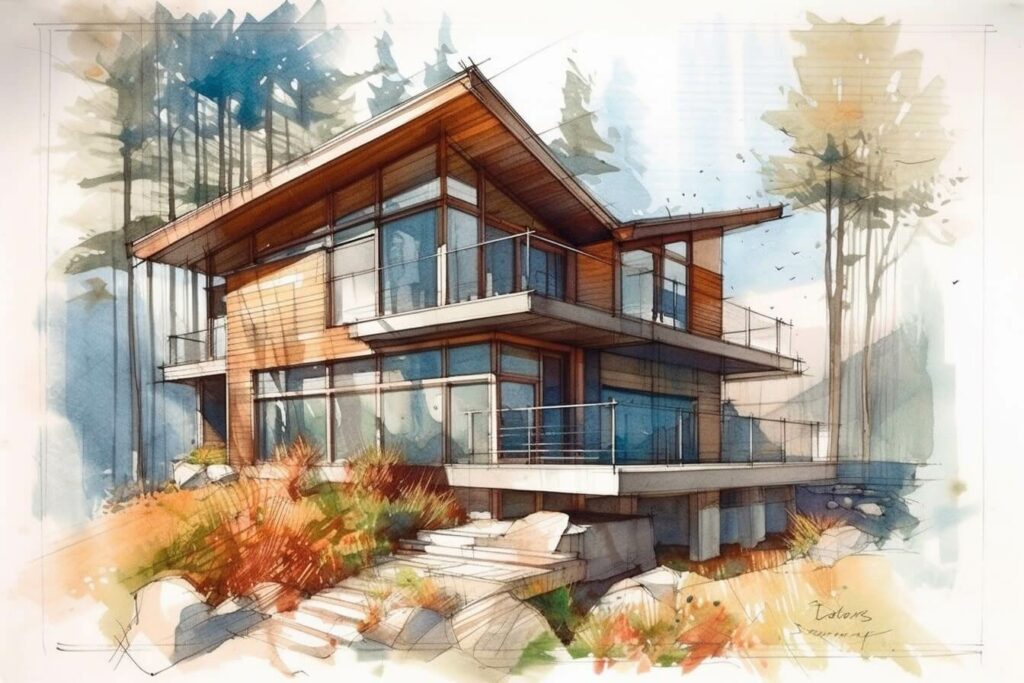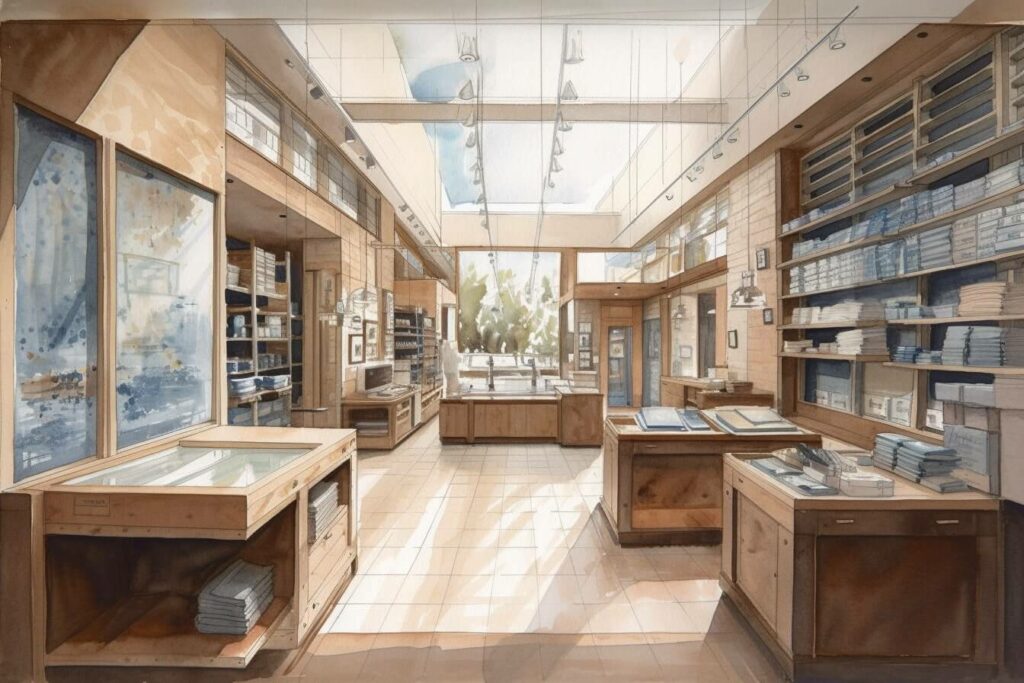Unlock Premium, Members-Only Content
Your source for the most relevant updates in sustainable construction
Wood has been a fundamental building material since the dawn of human civilization. Yet, it is experiencing a renaissance as architects, and interior designers rediscover its beauty, versatility, and sustainability.
In this article, we delve into the most asked questions about wood projects, addressing the needs of architects and interior designers who want to embrace this sustainable trend.

What makes wood a sustainable choice for architects and interior designers in wood projects?
Wood is a renewable and natural resource, requiring minimal processing compared to other building materials like steel or concrete. Responsibly managed forests can provide a continuous timber supply while preserving ecosystems and absorbing atmospheric carbon dioxide.
When used in construction, wood also acts as a carbon sink, sequestering CO2 and reducing the building’s overall carbon footprint.
Moreover, wooden structures are energy-efficient, providing excellent insulation and reducing energy consumption.
How has modern technology influenced wood projects in architecture and interior design?
Modern technology has transformed the way architects and designers work with wood. Innovations like cross-laminated timber (CLT) and glued laminated timber (glulam) have created larger, more complex wooden structures.
Digital fabrication techniques, such as CNC milling and 3D printing, have expanded the possibilities for intricate designs and customized elements. These advancements have led to a new wave of sustainable and eye-catching wood projects called “timber architecture.”
Unlock Premium, Members-Only Content
Your source for the most relevant updates in sustainable construction
What are some iconic examples of contemporary wood projects?
Wood projects have gained prominence in recent years, with several notable examples showcasing the potential of this versatile material.
Some of these architectural marvels wood projects include:
- The Treet Building in Bergen, Norway: Standing 14 stories tall, this residential building is one of the world’s tallest timber structures, constructed primarily of CLT.
- Brock Commons Tallwood House in Vancouver, Canada: This 18-story student residence at the University of British Columbia showcases sustainable design and innovation in wood construction.
- The Wave in Vejle, Denmark: This striking residential complex features a series of undulating wooden facades that mimic the nearby water, demonstrating the design flexibility of the timber.
How can architects and designers incorporate wood into their projects sustainably and visually appealingly?
There are several strategies for integrating wood into architectural and interior design projects while maintaining a focus on sustainability and aesthetics:
- Selecting certified sustainable timber: Choose wood from responsibly managed forests certified by organizations like the Forest Stewardship Council (FSC) or the Programme for the Endorsement of Forest Certification (PEFC).
- Embracing biophilic design: Incorporate natural elements, such as living walls, green roofs, or wooden textures, to create spaces that connect occupants with nature and promote well-being.
- Combining wood with other materials: Use sustainable materials like recycled steel, reclaimed brick, or eco-friendly insulation to create a holistic, eco-conscious design.
- Showcasing the natural beauty of the wood: Highlight the inherent beauty of wood through exposed beams, feature walls, or custom-designed furniture pieces that celebrate the material’s warmth and character.
How can architects and designers stay updated on the latest trends and innovations in wood projects?
Professional development and continued education are crucial for staying at the forefront of the rapidly evolving world of wood projects.
Some ways to stay informed about wood projects include:
- Attending industry conferences and workshops: Participate in events focusing on sustainable architecture and design, such as Greenbuild, the World Architecture Festival, or the International Mass Timber Conference, to learn about new developments and network with industry leaders.
- Subscribing to relevant publications: Stay updated on the latest projects and innovations by following architecture and design magazines, blogs, or podcasts specializing in wood construction and sustainable design.
- Engaging with professional organizations: Join groups like the American Institute of Architects (AIA), the International Interior Design Association (IIDA), or the Timber Trade Federation (TTF) to access resources, attend events, and collaborate with like-minded professionals.
- Enrolling in online courses and certifications: Pursue specialized education in sustainable design, timber construction, or advanced wood technologies through platforms like UGREEN Skills, which offers a comprehensive curriculum tailored to professionals and companies.

Wood Projects: A Conclusion
The resurgence of wood projects in architecture and interior design is more than just a trend – it’s a testament to the material’s enduring appeal and the growing importance of sustainable design.
By harnessing modern technology and embracing the natural beauty of wood, architects, and designers can create structures that are not only visually stunning but also environmentally responsible.
If you’re inspired to embark on your wood projects journey or learn more about sustainable design practices, consider partnering with UGREEN sustainability consultancy services. Our team of experts can guide you through every step of the design process, from material selection to construction, ensuring your project aligns with your vision and sustainability goals.
Alternatively, discover UGREEN Skills, our sustainability educational platform for professionals and companies, and elevate your expertise in the rapidly evolving world of eco-conscious design. Together, let’s redefine the future of architecture and interior design through the power of wood and sustainable innovation.
Unlock Premium, Members-Only Content
Your source for the most relevant updates in sustainable construction
If you need our services in the Portuguese language, click here.